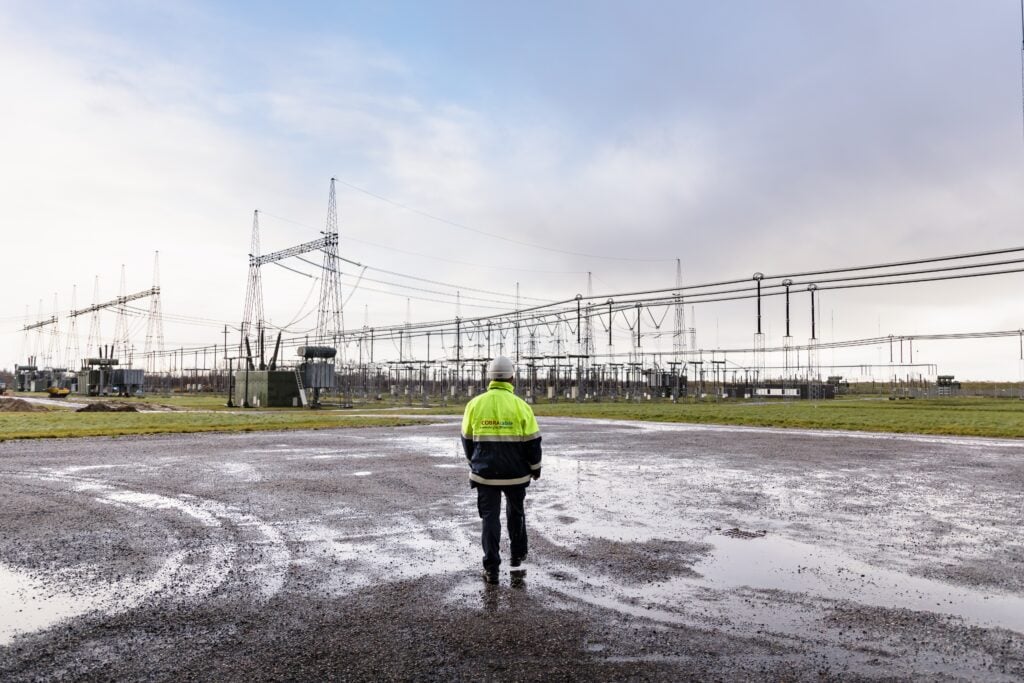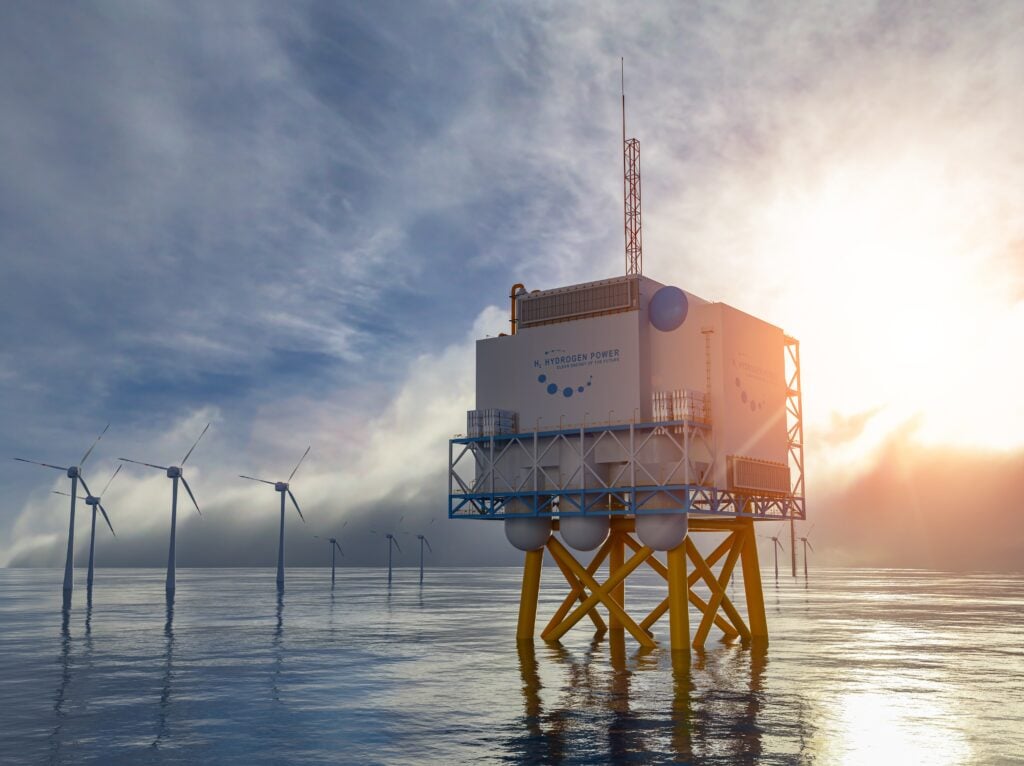How the Netherlands is Shaping the Smart Energy System of the Future
Dutch industry and government showcase opportunities for foreign companies to accelerate their smart grid innovation here
The Netherlands is working full force on powering the energy transition. With smart innovation happening on many fronts, there are also challenges, for example grid congestion. How is the Netherlands making energy grids smarter to power the energy transition? And what are the opportunities for foreign companies to accelerate their smart grid innovation in the Dutch energy ecosystem?
Answers to these questions and insights into the latest developments in this field were given in a global webinar hosted by the Netherlands Foreign Investment Agency. Elmar Bouma, Energy Lead for NFIA, moderated the event. The speakers and their topics were:
- Yvette Lammers, Manager for Power Grid and International Energy Policy, Ministry of Climate Policy and Green Growth – Netherlands Policy on Grid Modernization
- Eugène Baijings, Programme Manager Grid Congestion, TenneT – Programs for resolving grid congestion, technologies of interest
- Bram Gerrist, Director Innovation & Development at Enexis Group – Improving distribution net efficiencies, energy hubs, technologies and partnerships of interest
- Prof David Smeulders, Eindhoven Institute for Renewable Energy Systems (EIRES), Department of Mechanical Engineering, Eindhoven University of Technology – Innovation for the grid in the Netherlands
Creating smart grid solutions in the Netherlands that can be scalable worldwide
The energy transition, the fast pace of electrification and the increasingly distributed production and feed-in of power, are posing steep challenges to the energy system in the Netherlands and in the rest of the world. The cost of grid congestion has been estimated at up to Euro 40 billion, or 4% of the Netherlands’ GDP, according to a study by the Boston Consulting Group. In the Netherlands, these challenges are being tackled from various angles. The government, grid operators, distribution companies and universities are working closely together to develop smart solutions. In addition, the country is inviting companies from around the world that have developed or are working on smart grid technologies to expand their innovation in the Netherlands. That will help to accelerate solutions for not only the Netherlands but for worldwide use.
The Dutch government’s approach to the energy transition
The Dutch government is addressing the challenges of the energy transition with a policy framework for grid congestion solutions. Yvette Lammers explained that in the past ten years, almost half of the energy sources in the Netherlands has become sustainable. The growth of solar energy generated on buildings has grown so much in the past three years that it now has outpaced the capacity of the grid. As a result, there is a waiting list for larger producers and consumers of electricity to get a new or expanded connection to the grid in most parts of the country. The government has introduced a National Action Programme to stimulate smarter utilization of energy sources. Part of that plan is subsidies for different phases of innovation.
The national grid operator looks for faster and smarter solutions
The demand on the Dutch power grid is evident in the investments that are planned by the Dutch transmission system operator (TSO) TenneT: 4 to 8 billion euros annually in the Netherlands over the next ten years to expand the grid and to resolve congestion. Eugene Baijings explains the two-track way forward for TenneT. Firstly, it wants to build faster, looking at solutions such as prefab units and standardized components. At the same time, it is working on smarter utilization. Baijings gives an example: “We need improved forecasting and sensoring to know real time what the system can absorb”. TenneT is interested in what international companies are developing in the field of grid enhancing tech. One example of this is Dynamic Line Rating, which allows an increased utilization of the grid based on outside temperatures and wind conditions. “We don’t know what we don’t know,” Baijings said, adding “we invite foreign companies to bring their solution to the Netherlands that you can accelerate here.”
Doing things better, doing things different, doing different things
That invitation is echoed by Enexis, the system operator connecting one third of the Netherlands with 5 million connections. Bram Gerrist explains that at present, more than one out of three customers are feeding into the grid: ‘it’s turning into a two-way road’. Gerrist outlined three solutions for the grid challenges that are being looked at by Enexis: energy hubs, optimizing the labor force and leveraging green hydrogen solutions.
Creating energy hubs is a way to optimize utilization of the grid, where users combine and share capacity. In addition, besides optimizing there is also an opportunity to change the behavior of users, Gerrist explains. And to do that, you need data to understand what is happening. AI can help to improve grid congestion by providing predictions into energy use. Another approach is to use digital twins of the grid system, to get the right insights, Gerrist said. For most energy companies, this is not their core business, Gerrist added. “There’s an opportunity for the market, for parties from other countries to come with solutions.”
A second factor playing into grid optimization is the labor force. There is pressure on the availability of technical talent, due in part to the aging workforce. By using smart IT solutions and innovative materials, some work can be done differently. For example, with an AI supported tool for cable design, cables can be made more bendable, making them easier to work with. Another technology is horizontal directional drilling, which would make construction of new power lines much faster.
Leveraging green hydrogen
A third focal point for Enexis is piloting of green hydrogen solutions. “We want to focus more on molecules, not just electricity,” Gerrist said. An example is the Wagenborgen Green Hydrogen District, where 33 homes are testing the new power source.
These are just a few of the initiatives being explored in the Netherlands. Gerrist emphasized the interest in ideas from the market, also international. Finally, we are also faced with the challenge of seasonal imbalances, whereby there is an energy production surplus in the summer and a shortfall in the winter months. Again, we are still looking for the best solutions to address these seasonal imbalances.
Baijings and Gerrist clearly invited the audience to “bring forward the luminous ideas that can have the problem solved faster than we think right now.”
The energy trilemma
Prof. David Smeulders said that we are facing an ‘energy trilemma’: we are seeking reliable, affordable and green energy. For a successful energy transition, we need space and storage capacity.
Forecasts for 2050 show an enormous growth of offshore wind. To address fluctuations in demand and supply, we will need between 40 and 100 GW of storage, Smeulders said. Therefore, short term and long-term storage techniques become more important. Short term storage can be supplied by batteries, and research into various options for long term storage is underway in the Netherlands.
The development of green hydrogen solutions is promising – yet also poses challenges. For instance, can we store hydrogen in depleted gas fields? Ultimately, long-term energy storage will be a key success factor to the energy transition, Smeulders said, describing current initiatives such as HyStock and the the HyTROSconsortium in the Netherlands. He also emphasized that the energy transition is about more than just technology: “In the end, the energy transition is a matter of people – if we are going to be successful we need to bring people together” to collaborate on tackling these challenges,” Smeulders said.
The Netherlands is the gateway to the European market
The Netherlands is well-positioned as a hub to develop energy solutions, summarized Bouma. “We are centrally located in Europe and the energy transition in the Netherlands rides on the back of one of the best digital gateways with high connectivity.” Bouma added: “We are keen to innovate here and have an elaborate network of innovative institutions that are working on solutions. Testing, validation and certification is strong in the Netherlands. This is an excellent place to start your business in Europe.”
Interested in hearing more about opportunities in the energy transition in the Netherlands?
View the NFIA smart gids WEBINAR here.
For more information, contact the NFIA Energy Team.
21 October 2024

